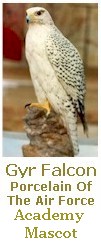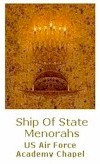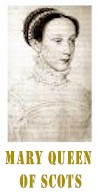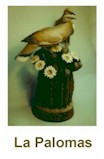
|
| ||
| In December of 1998, an official of a church in Denver Colorado ask me
to do an interpretation of the Ark of the Covenant, as I thought it might
have looked. After receiving this request my objective and focus was to
come up with what I would reasonably consider to be an authentic
illustration of the Ark. During my research, I found a great many
illustrations of the Ark but clearly the most prevalent tendency was for
the artist to use conventions and standards of their historic time frame
and not those of the period 1220 BC.
I felt particularly well prepared for this assignment. I had been studying Middle Eastern antiquities for about six years. My primary area of interest Before getting this assignment had been to focus on the chronological comparison of historic Egypt with the biblical accounts of the patriarchs of the Hebrews during the historic period of the sojourn. I spent another six months of study focusing on the historic time frame of the Exodus with the objective of illustrating the Ark of the Covenant in an authentic way. After this extensive research and looking at other artists concepts I had failed to find any illustrations of the Ark that passed my critical review and I realized that I was applying a logic train that went something like this:
The next step was to learn these conventions and to strictly discipline myself to use these and only these conventions in the creation of my illustrations and prototypes of the arc. The line drawing of the Ark, on these pages, is my concept of how the Ark may have been illustrated by an artist using the conventions of Egyptian art in the historic period of 1220 BC. Nothing was left to chance in Egyptian art. Have a look at the Timelines and Events of the Hebrew Sojourn superimposed on a Historic Chronology of The Pharaohs of Ancient Egypt. Egyptian illustration, every gesture, symbol and glyph has a very specific meaning and the meaning of the whole is often enhanced significantly depending on the additive nature of its parts. As I built this illustration I couldn't help but marvel at the cumulative significance and consistency the Egyptian symbology had with the meaning and scriptural references to the Ark. Some of the meanings contained within the iconography of the Ark are:
I am currently transcribing my line drawings into three-dimensional models of 1/5 and 1/10 scales. The actual dimensions of the model are 1/5 scale 10" x 6" x 6" inches and 1/10 scale 5" x 3" x 3" inches. I am creating the models because I feel the models would have some appeal to Christians, Hebrews and definitely Egyptians both in Israel and Egypt. I stand half done with the models having the cherubim yet to complete. It may not be possible to find the actual Historic Arc, but I have satisfied to a large extent any curiosity that I had of what its likely appearance of the arc may have been. If you think you would like to participate financially in the creation of a full-scale replica of this concept contact me and I will explain the procedure.
For further information about the Ark of the Covenant: Timelines and Events of the Hebrew Sojourn superimposed on a Historic Chronology of The Pharaohs of Ancient Egypt A selection of information collected about the Ark compiled by Gerald N. Shapiro |
“To Collect a Comstock Is to Own a Classic”
To place an order contact us inquiries07@artsales.com and an individual sales representative will contact you assist you with the transaction.

















